It’s the dawn of a sunny summer day. We’ve been sailing for 25 days. Sailed off from Bahamas, after touching Bermuda and the Azores, we’re headed to the Mediterranean on board a brand-new beautiful 62-foot catamaran.

More specifically, we’re sailing along the so-called TSS (Traffic Separation Scheme, an area where navigation is highly regulated because of dense shipping) off Cabo de São Vicente, Portugal, less than two hundred miles from Gibraltar.
It’s dawn and I do my guard duty while the others are sleeping and my stand-by is going to flaking out after almost six hours spent on the deck.
It’s a nice day, sky is blue, a 27-knot northern beam wind is blowing while dolphins, as usual at this time, play before the bow.
Today, I won’t play with them: I have to be very careful about the radar, the AIS ( the automatic identification system used to pinpoint the location of other ships via radio) and the horizon since we’re sailing in a very tricky point, where cargo ships and oil tankers coming from the Baltic, the Americas and Africa converge all together in the narrow channel between the Pillars of Hercules.

A first cargo ship sails through, immediately followed by another one. In this moment, I see 21 ships on my radar screen, within 5 miles. A cargo ship sails right beneath us while a sailing boat suddenly emerges from the shadows of the dawn.
The latter seems to be very small. The radar doesn’t detect it and the AIS system doesn’t display it. It’s very strange: what’s a ghost boat doing in such a congested area, where it is difficult, if not impossible, to be seen in the dark?
I watch through my binoculars. No anchorage is there, just a genoa crashing into waves. Is it heading to Marocco? Is it sailing through the whole TSS area? That’s insane.
I take my decision. If I head up, I’ll certainly cruise the next cargo ships in about twenty minutes: I’ve got plenty of time to enter the channel and get close enough to get a better look, using my radio if necessary.
Binoculars remove all doubt: the genoa is banging because it is torn up and the boat drifts leeward at the mercy of waves. The tender is deflated and hung under the stern.

I wake Francesco, the captain, and all the crew. We try to contact the boat by radio but no one is there. We decide to slower our sails and sail under power.
When we are close enough, we start shouting. The boat is a 30-foot old battered ketch. We see a head in the cabin laying on a life jacket. It doesn’t move. We go on shouting. Is the person on board alive?
He finally moves and looks at us. He’s an old man. His clothes are torn and his lifejacket is of poor quality, maybe more suitable for a daily boat trip.
We ask him: ” Radio? Radio?” showing him our VHF system. ” «No, no radio. No radio no engine no electricity» he answers. And clearly, no sails. But, at least, he talks and is conscious.
«Do you need help? Do you want us to come on board? Do you want to come on board with us?»
He nods.
Niko says: ” I’ll go”. Niko is a Croatian 26-year-old engineer coming from Fiume. He speaks any language, he drives any boat, he repairs anything and he knows everything. It is no coincidence that we call him “Google”. He has only two weaknesses: he can’t live without Facebook (in ocean, it’s hard!) and he can’t cook in rough sea since he is seasick!
The sea is rough. The tender could be dangerous, Niko wants to go swimming. But we have the baby’s dinghy.
Baby? Ah yes, of course: Aldo, the captain’s two-year-old son. Yes, despite his tender age, Aldo has already crossed the ocean. He can walk and he never falls on board.
So, we decide to use the dinghy and Niko comes on board with the castaway, that throws a line. Niko tries to repair the engine but the boat won’t start. At this point, we decide to tow it also because the castaway, a 70-year-old man with a clear English accent and an artificial leg, won’t abandon his boat and doesn’t seem in good conditions. He doesn’t remember his name, he doesn’t know where he has leaved from, he only says that he has been sailing for three weeks even though no food and no water is on board. He asks us to leave him there because he wants to launch his mayday message (but this not possible since we’re his mayday!). He babbles and he is convinced that other people are on board with him. And this worries us very much because no one is on board.
After some hours, the sea finally turns calm and we exit the TSS area even if we continue to launch pan-pan messages in order to warn the other boats about the emergency. Francesco sends an e-mail and contacts the Portuguese relief centre.

Meanwhile, our tension is interrupted by a curious whale that stops between the two boats to see what is happening. It snorts and goes away, like old retirees watching shipyards.
Francesco and his experienced second-in-command Renato tie a fender to a very long line while the catamaran revolves around the boat in order to intercept Nikos’ line.
After securing a line on the boat’s bow, two Y-shaped lines in the catamaran’s stern, we leave again. We send another securité message and head to the closest port where Portuguese rescuers will help us: Portimao.
Our castaway is very lucky: Ricardo, a Spanish male nurse, is on board with us and he immediately prepares a special solution of water, sugar and salts for him (he even remembers to ask the castaway whether he is diabetic but the man is just a heart patient). In cases like this, we recommend the use of a special kit containing a Vhf radio, some medicinal products, first-aid materials, food, water, torches and something to dry and cover yourself and the castaway. In the heat of the rescue, we forgot something. So, we use a floating bag to send some food to the castaway and a bier to Niko.
We tow the boat for thirteen hours: in cross-wind and beam waves, the small ketch with no sails lists like a cork. We stay in radio contact with Niko (who is seasick!) and he isn’t out of sight for a second.
In late afternoon, we stop and we repeat our “dinghy operation” to let Renato, equipped with battery-operated way lights, come on board the ketch: he’s a really textbook yacht master!
A medical doctor contacts us by satellite phone and the Portuguese Port Authority instructs us via radio.
It’s about 23:00 when, off of Portimao, the rescuers’ rib reaches us. The doctor is on board but, like Niko, he, too, is seasick! He vomits and can’t visit our castaway. Consequently, we decide to tow the boat to the harbour.
We would have wanted to bring the old man to the hospital, say him goodbye and even drink to his health. But, when rescuers took him to the ambulance, tied to a wheelchair, he was totally absent.
The boat stays moored, alone and upset, behind ours. I look online and I discover that it’s a Colvic Atlanta, a 1980 9.45-metre motor sailer. It’s a very beautiful boat, even if loaded with fuel, clothes, pillows. Maybe the man lived here. But, the absence of food is incomprehensible. Maybe, he had lunch and dinner elsewhere.
Stays are broken, a line dangles on the left, Niko has cut the jib halyard to cut it and the sail lies lowered in the bow.
The tender is a simple deflated sack laying in the stern. The castaway’s torn clothes fill up the cabin: he has wanted to change them before the arrival of policemen and doctors. His shoes are orderly leaning in the cockpit.
Documents show that the boat is owned by a Welsh retiree living in Gibraltar but we don’t know if the owner and our castaway are the same person. We don’t know anything about him: was he sailing alone or with someone? How long was he in the ocean with no water? Why was he in such poor conditions? Was he lost? Or had his mind already been lost before sailing off?
He told both us and rescuers that he was escaping from certain stories of gangsters and murders but we don’t known anything more about his real story.
What is certain is what he would have risked if we hadn’t found him.
We sail off again the morning after, leaving a piece of us in the port of Portimao along with a gadget we liked a lot (our castaway, too, seemed to appreciate it): a little flashing floating light that launches a signal in Morse code:
. . . – – – . . .
S.O.S.











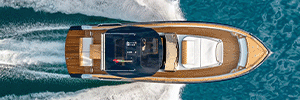












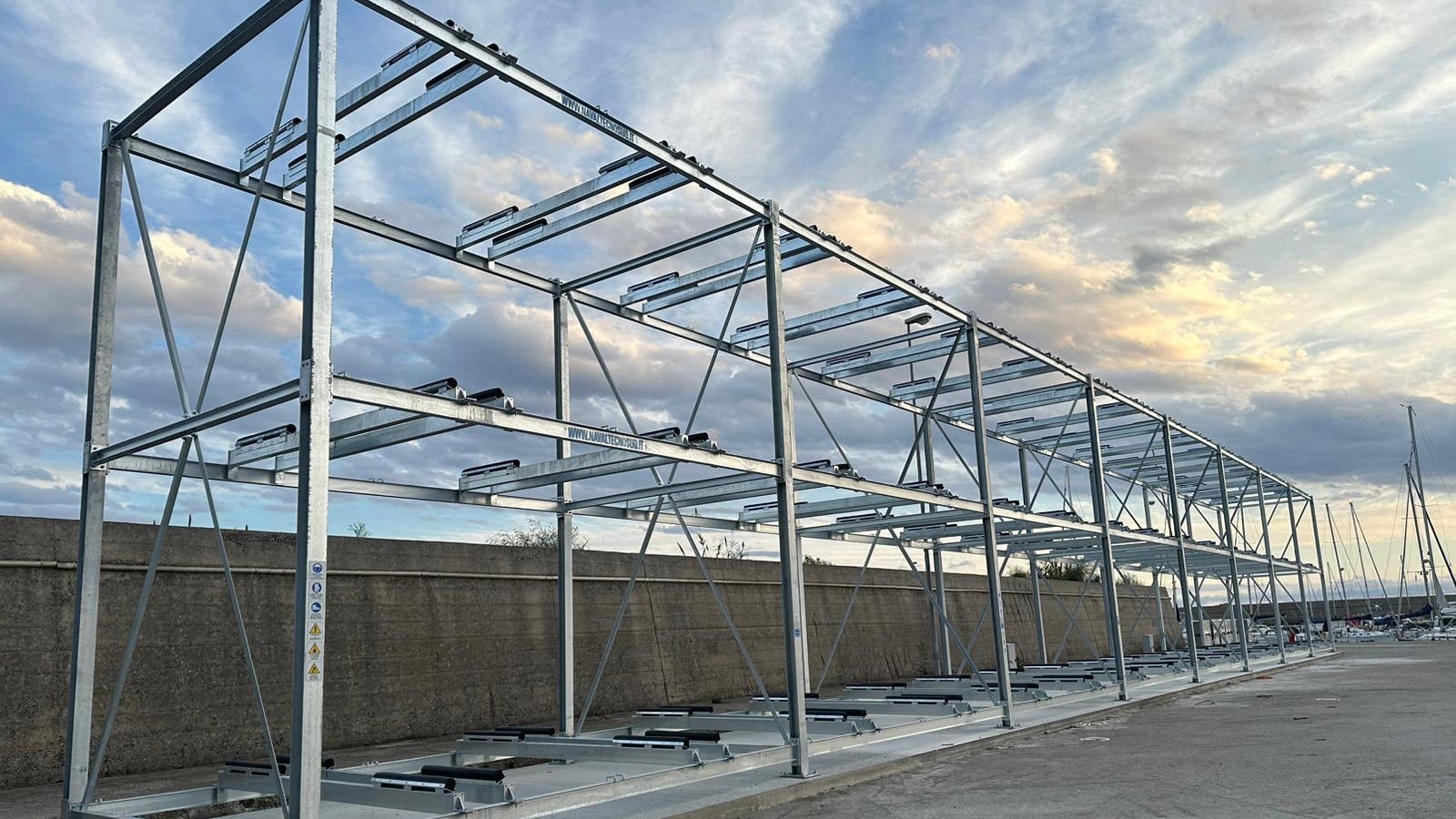

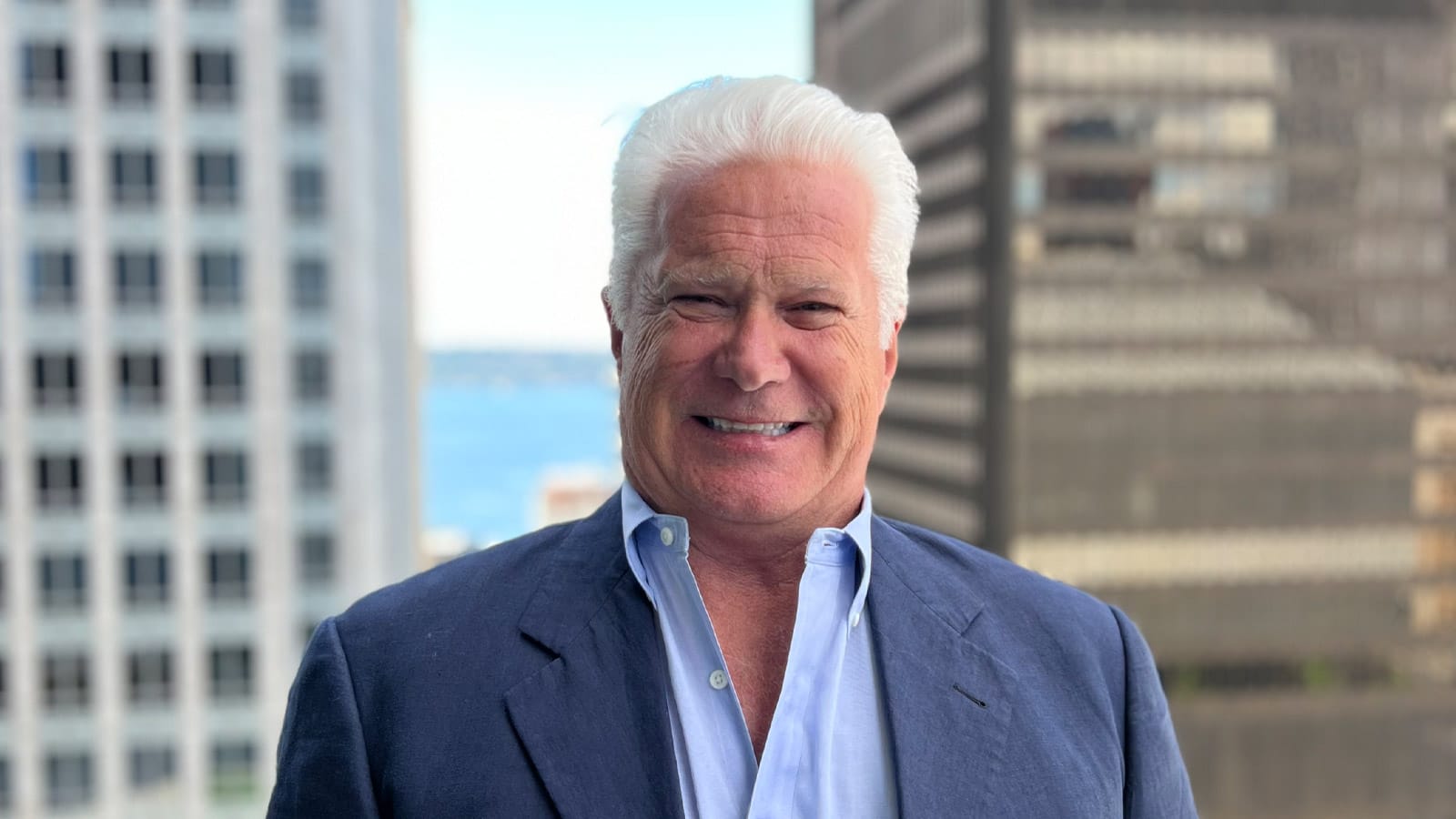
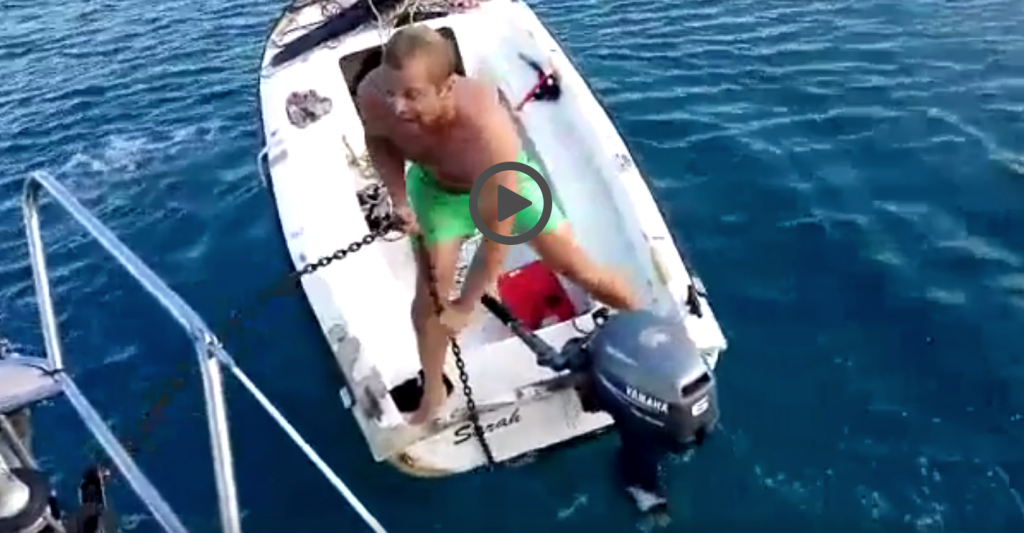

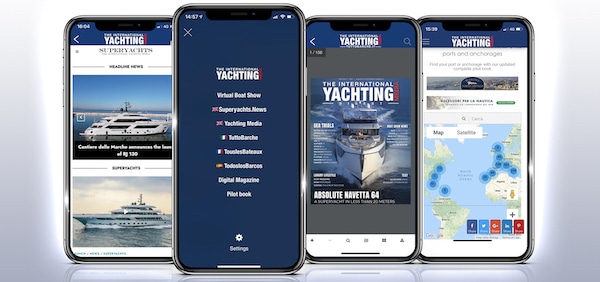
4 Responses
…si e’ ricostruita l’identita’ del naufrago? Come e’ andata a finire la storia?’
Wow! Would love to see a follow up to this story. Hopefully, the man regains his health, memory and reunites with his family.
samma, what the heck? who writes a story like that? weren’t u morons interested how he´s doing afterwards? couldn’t you have wait a couple of days, jerking off since ur anyway doin nothing else? hard to believe this story is true. think some fuckhead just wants to have some attention. normal people would have waited a couple of days and not finishing the story with “a part of us stayed there- a fucked up torch” sure..
when was this exactly?
what happened to the man and what is his story?